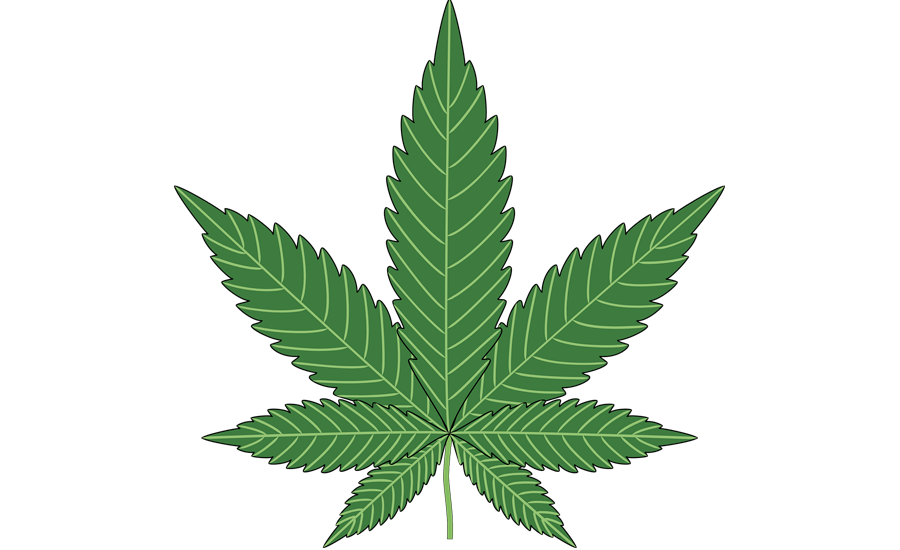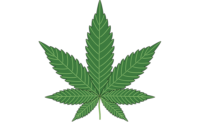With a growing number of states legalizing marijuana, leading to a rapid increase in the cannabis industry workforce, increasing attention is being given to the health and safety of those involved in the cultivation and distribution of the substance in its various forms. One potentially serious health risk is from occupational exposure to mold.
According to the Washington State Department of Environmental Health Sciences, marijuana production requires high levels of humidity – as high as 70 percent – which promotes the growth of mold. Occupational exposure to mold can cause nasal congestion, throat irritation, coughing, wheezing, eye irritation and skin irritation. In a person with pre-existing health issues, mold can cause wheezing, coughing, increased asthma symptoms, shortness of breath, and respiratory infections.
Employees within the cultivation facility and trimming room are at highest risk of mold exposure.
How to limit exposure
The facility should determine if the hazard is present (a trained industrial hygienist can perform air monitoring to determine spore levels within the work environment).
● Implement engineering controls and work practices to control or eliminate exposure to mold (for example, vacuuming rather than sweeping and ventilation).
● Conduct a PPE assessment to determine the need for respiratory protection, skin and eye protection, or protective clothing.
● In the absence of mold sampling data, consider respiratory protection for any dusty operations and for employees reporting even mild respiratory symptoms.
● Consider gloves for employees whose jobs require direct handling of plants.
● Ensure employees are trained in the proper use of PPE.
● If an employee develops moderate to severe respiratory symptoms, they should be medically evaluated and removed from the agent that caused the reaction.
For more information, view the Guide to Worker Safety and Health in the Marijuana Industry.

